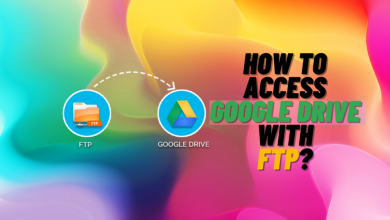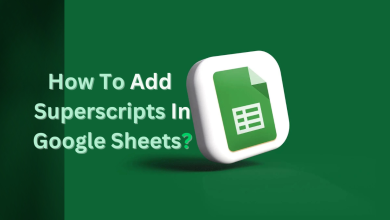How to Wrap Text in Google Slides on Mobile & PC
- Google Slides does not offer a built-in text wrapping feature, but you can manually adjust text boxes and images to create an effective wrap text appearance in your presentations.
- Achieving a professional look in Google Slides involves careful placement of text and images, ensuring that the text complements the visuals without overcrowding or confusing important elements.
- To ensure that your presentation maintains its intended format across different devices, it's crucial to regularly preview your slides in presentation mode and adjust the layout and formatting as needed.
Text wrapping is a layout technique used in document and presentation design, where text flows or wraps around a graphic, such as an image or a shape, rather than merely appearing below or above it. This method allows the text to surround the object on one or more sides, creating a more integrated and dynamic page layout.
This article will guide you through practical steps to manually wrap text around images in Google Slides, ensuring your presentations look polished and professional. Whether you’re using a PC or a mobile device, these instructions will help you improve the visual impact of your slides.

How to wrap text around images in Google Slides on a PC?
Wrapping text around images in Google Slides on a PC involves a few creative maneuvers since the software doesn’t directly support this feature. You can achieve a visually cohesive and engaging layout by manually adjusting text boxes and images. Follow these steps to wrap text around images effectively:
- Visit Google Slides and open the presentation you wish to edit. You can select either a new or existing presentation from your list.

Open the presentation - Go to the slide where you want the image. Click “Insert” from the top menu, then select Image and choose “Upload from Computer.” Locate the image file you want to use and upload it to your slide.

Click Upload from Computer - Click on “Insert” and then “Text Box.” Click and drag on the slide to draw your text box. Position this box close to, but not overlapping, the image where you want your text to wrap.

Click Text Box - Select the text box or image and use the drag handles to resize or reposition either element. Adjust them until the text aesthetically complements the image, simulating a wrap effect.

Adjust the text as you like
Modify the layout by selecting the text box or image and adjusting their alignment and size. Consider using multiple smaller text boxes for more complex layouts to better control text flow around the image.
How to wrap text around images in Google Slides on mobile?
Wrapping text around images on the Google Slides mobile app requires precision and patience, given the smaller screen and touch interface. Here’s how you can manage text wrapping effectively on mobile devices:
- Open the Google Slides app on your mobile device. You can create a new presentation or select an existing one from your Google Drive.

Open the Presentation - Tap on the slide you want to edit. Tap the “+” icon.

Tap + icon - Select the image, then choose the source of your image (e.g., Photos, Camera, or Drive).

Add the image - Once added, tap the image to select it, and use pinch gestures to resize or drag it to the desired position.

Resize the image as you like - Add a text box by tapping the Text box icon, then tap and drag on your slide to position it. You might need to adjust the text box size to visually complement the image without covering it.

Add text
Utilize touch gestures to adjust the placement and size of your text and images. Pinch to resize and tap and drag to reposition. This might require some trial and error to get the text to wrap around the image as neatly as possible.
Best practices for text wrapping in Google Slides
To maximize the visual impact of your presentations in Google Slides, even without a built-in text wrapping feature, follow these best practices:
- Choose clear, relevant images that complement your text, favoring those with simple backgrounds to maintain text clarity.
- Use readable fonts and sizes. Keep text brief and aligned with the image content to ensure it is clear and impactful.
- Carefully position text boxes around images, ensuring enough space to avoid a cluttered appearance.
- Align text and images symmetrically for a professional look. To help in alignment, utilize grid lines or the “Arrange” feature in Google Slides.
- Try different text placements, such as beside or above the image, to find the most effective layout for your content.
With these tips and techniques, you can make your next Google Slides presentation visually engaging and impressively polished, even without built-in wrapping tools.





